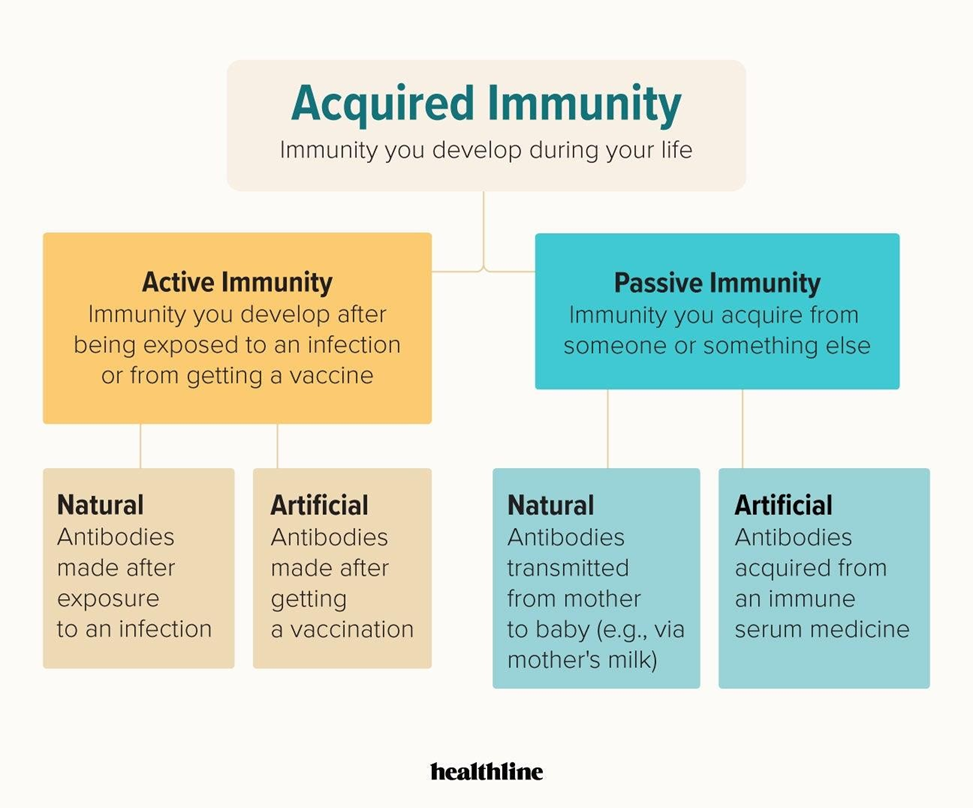The nurse is caring for a client with a new incision and is experiencing some inflammation. What is the ultimate purpose of the inflammatory process in preparation for healing?
Provide a feedback mechanism for pain identification
Increase fatty deposits in the affected tissue
Localize, destroy, and remove injurious agents
Release antigens into the general circulation
The Correct Answer is C
A. While pain is a common symptom associated with inflammation, providing a feedback mechanism for pain identification is not the ultimate purpose of the inflammatory process.
B. The inflammatory process is not primarily aimed at increasing fatty deposits in affected tissue.
C. The ultimate purpose of the inflammatory process is to localize, destroy, and remove injurious agents such as pathogens and damaged cells, thereby preparing the wound for healing.
D. Releasing antigens into the general circulation is not the primary purpose of the inflammatory process.
Nursing Test Bank
Naxlex Comprehensive Predictor Exams
Related Questions
Correct Answer is C
Explanation
A. Naturally acquired active immunity refers to immunity acquired through natural exposure to a pathogen or antigen, leading to the production of antibodies by the individual's immune system.
B. Artificially acquired passive immunity refers to the transfer of antibodies produced by another individual or animal, such as through administration of immune globulin.
C. Naturally acquired passive immunity occurs when antibodies are transferred from mother to baby through the placenta or breast milk, providing temporary protection to the baby.
D. Artificially acquired active immunity refers to immunity acquired through vaccination, where the individual's immune system is stimulated to produce antibodies in response to an antigen.

Correct Answer is A
Explanation
A. In this phase, the client develops non-specific symptoms such as malaise, fever, and body aches, indicating the onset of the disease.
B. This phase occurs after the pathogen enters the body but before symptoms appear.
C. This phase is marked by recovery and the resolution of symptoms.
D. This phase refers to the period during which the disease can be transmitted to others.
Whether you are a student looking to ace your exams or a practicing nurse seeking to enhance your expertise , our nursing education contents will empower you with the confidence and competence to make a difference in the lives of patients and become a respected leader in the healthcare field.
Visit Naxlex, invest in your future and unlock endless possibilities with our unparalleled nursing education contents today
Report Wrong Answer on the Current Question
Do you disagree with the answer? If yes, what is your expected answer? Explain.
Kindly be descriptive with the issue you are facing.
